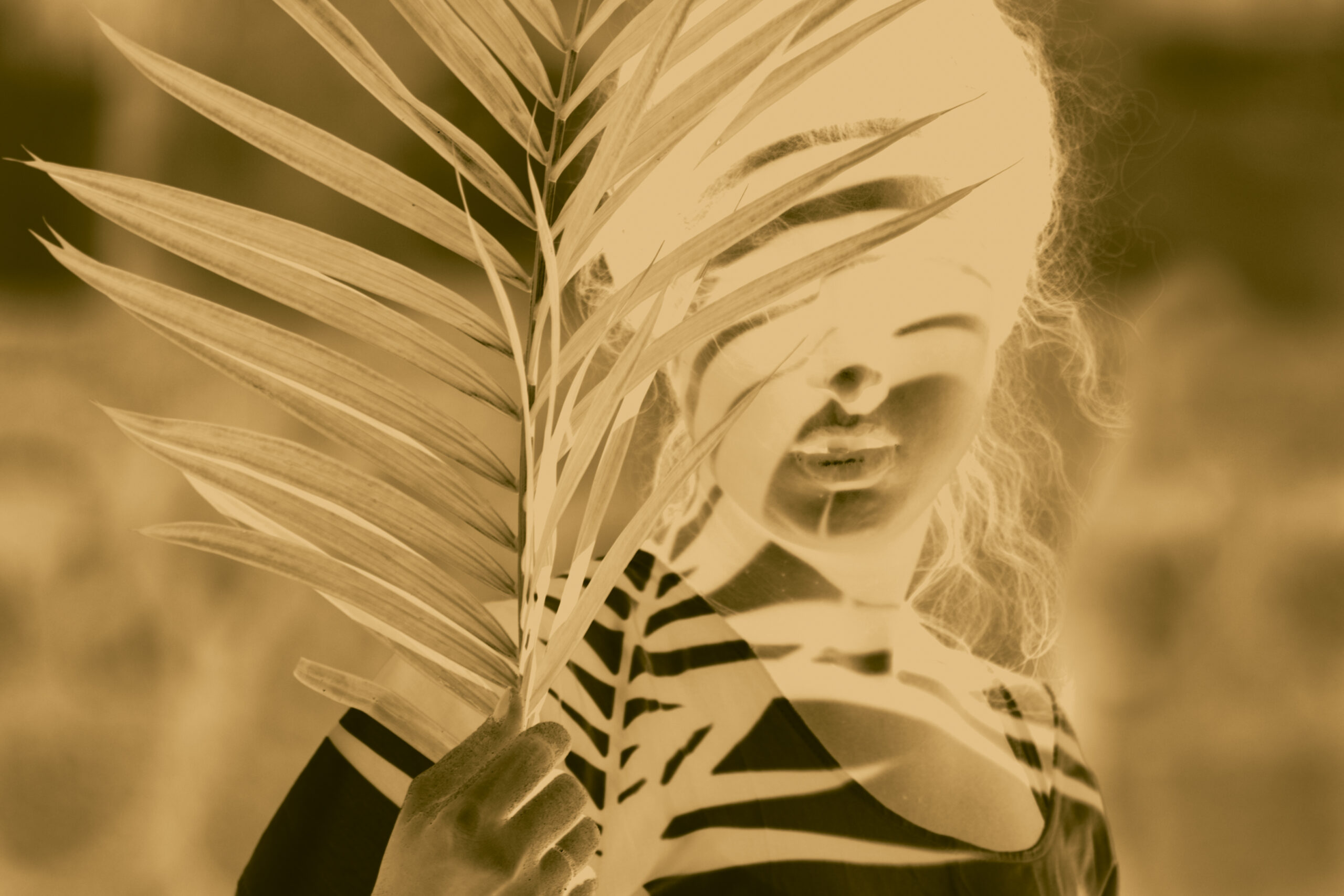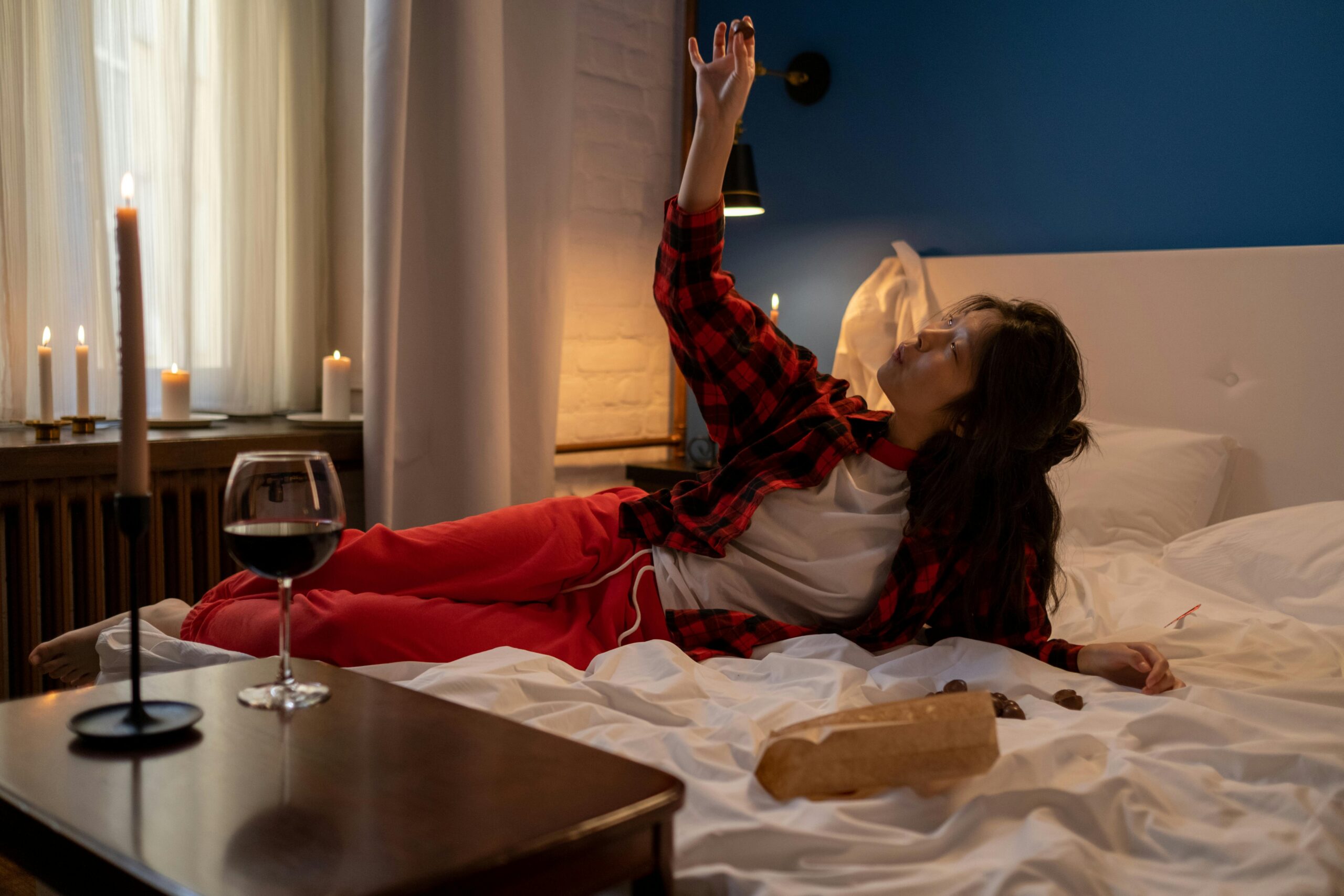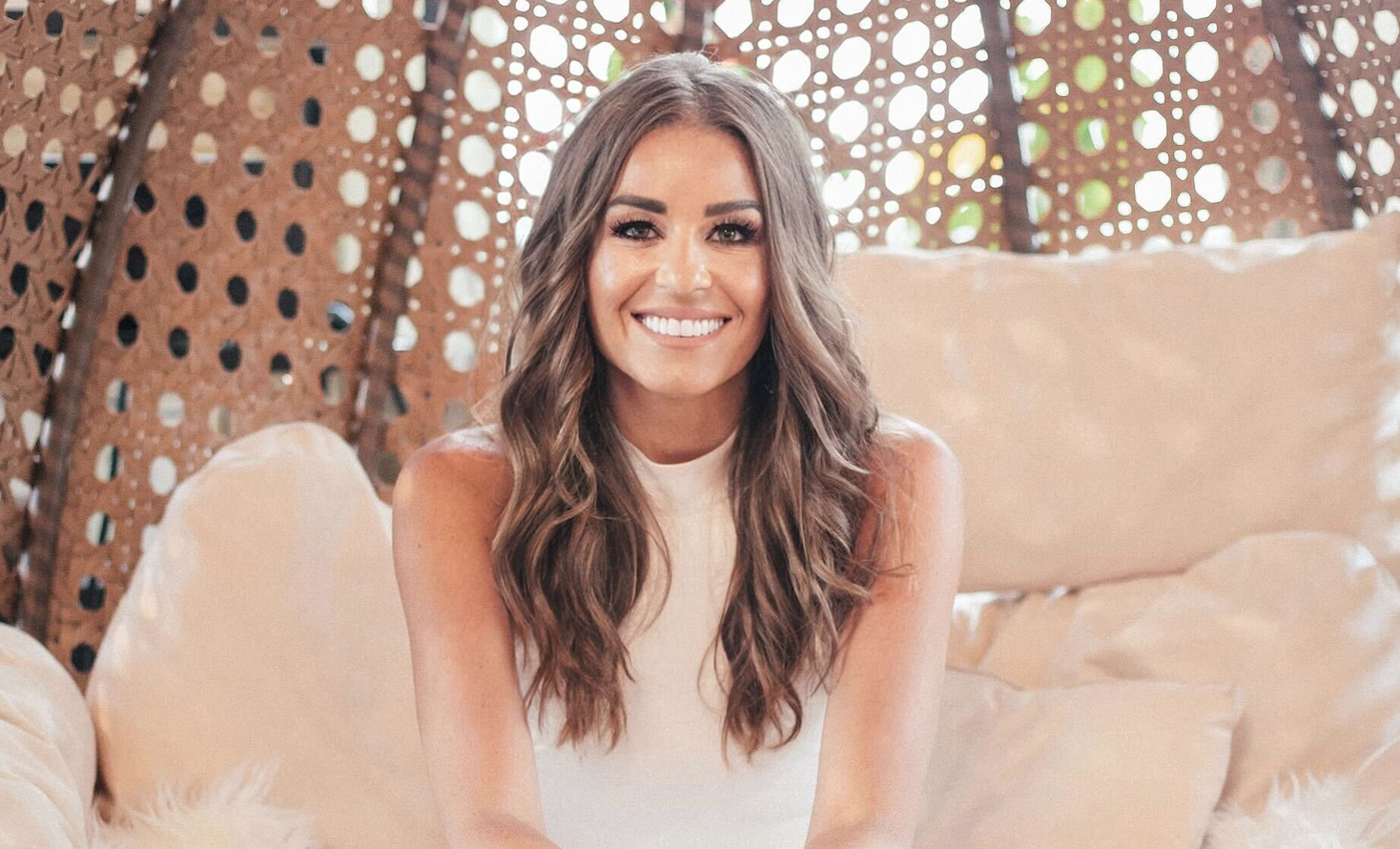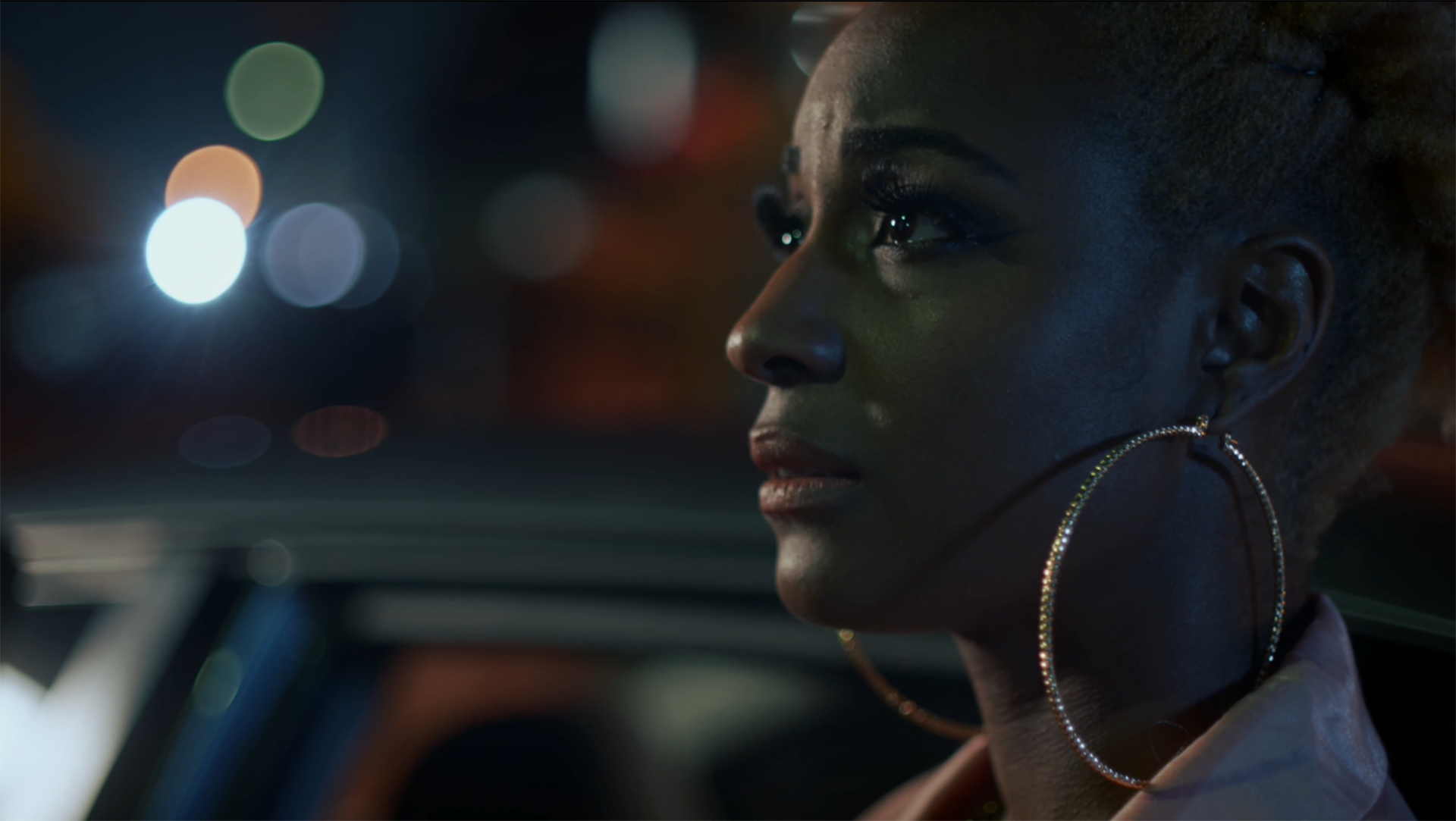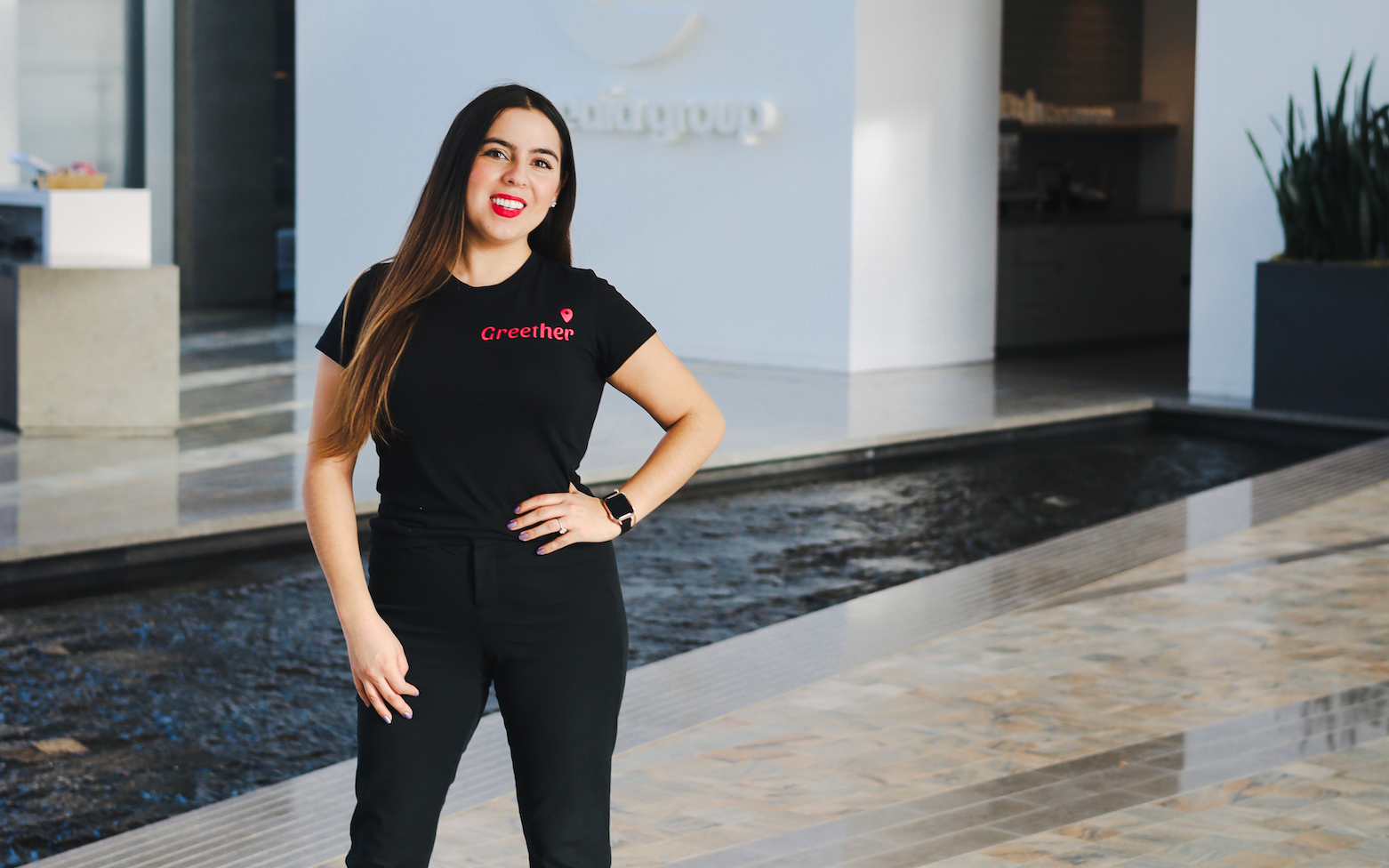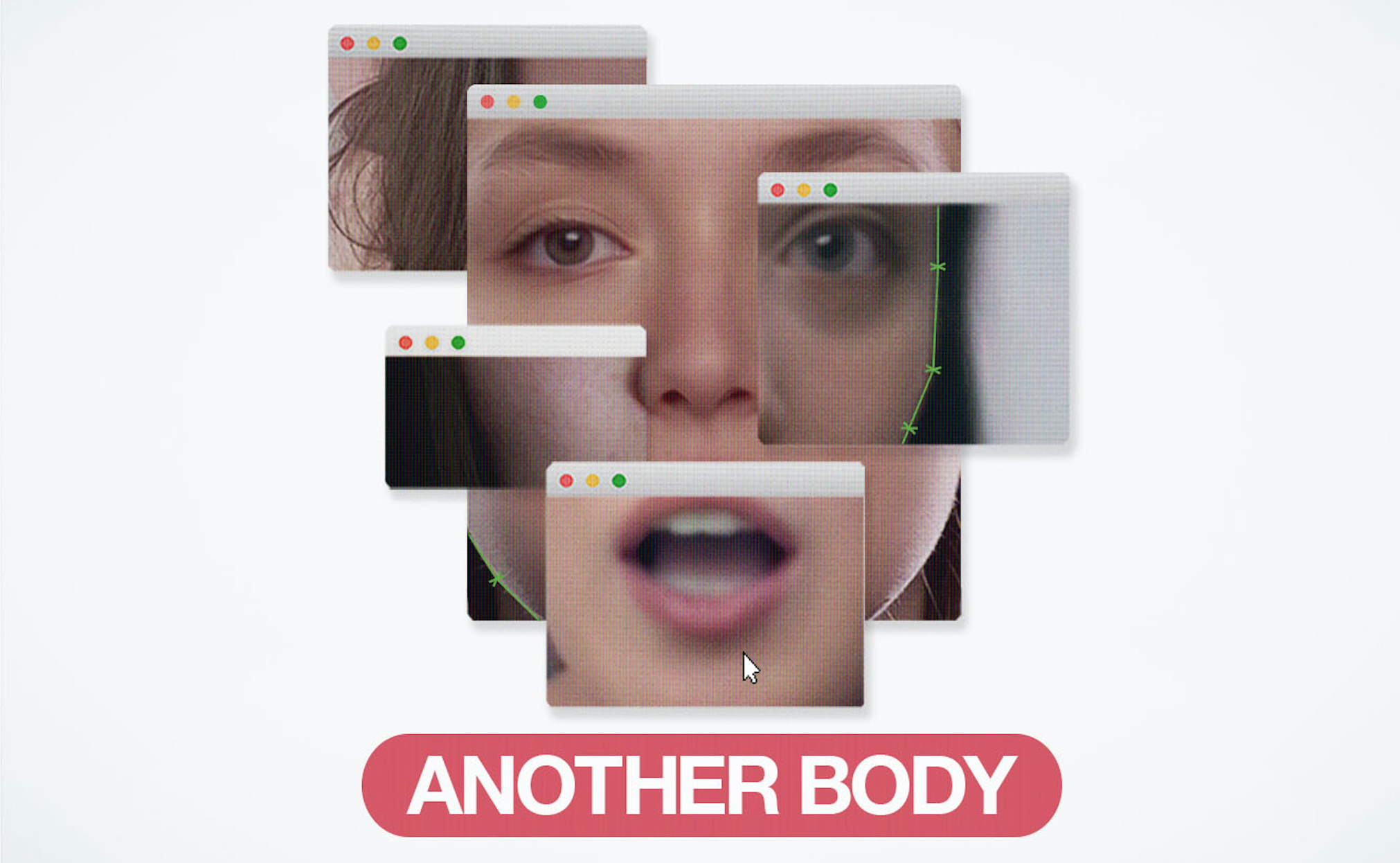
March is Women’s History Month and while we believe in utilizing out platform to share the stories and lives of trailblazing women every day, this is a great time for even more of the spotlight to shine on the kinds of narratives that far too often get hidden in favor of men’s accomplishments. But not on this website!
Today’s badass woman you need to know about is Anne Audain, a history-maker in her own right as a runner from New Zealand. Anne is widely considered to be the first female runner to sign a contract with Nike long before the likes of Serena Williams was bringing in the million dollar contracts. Anne paved the way for female athletes who came after her, and today is a Sports Hall of Fame inductee. But she certainly had a number of hurdles to jump over along the way, and today she travels around for speaking engagements sharing her inspiring story and empowering those who hear it.
Long before she became a professional runner and signed with Nike, Anne had to overcome other obstacles as a child. She was adopted as an infant and suffered through her younger years with bone deformities in both her feet. After successful reconstructive bone surgery at age 13, she joined a local athletic club and a running star was born! Through her career Anne set records and pioneered professional running for women. Recognized worldwide for her barrier-breaking accomplishments, Anne has been honored with a Member of the British Empire Medal from Queen Elizabeth II of England for her contributions to her sport worldwide.
We spoke with Anne to learn more about her running career, what it was like to sign with Nike at a time when it was rare for other female runners, and how athletic organizations who slammed the door in her face did not stop her from achieving what she set out to do.

Let’s take it back to the beginning – how did you first become interested in running as a sport?
I was adopted at birth and raised by a dad who introduced me to all sports, even though I could not participate myself due to bone deformities of both feet. I am a native of New Zealand, the first country to give women the vote. There were not a lot of sports for women to participate in but those available were highly encouraging to women to become engaged in. New Zealand has a sports club system in local communities, as in tennis, swimming, rugby, cricket and athletics. They are very encompassing, all ages, all abilities. My father would take me to a variety of sporting events and we would listen to others on the radio. Once I decided to join an athletic club, after my feet reconstruction surgery at age 13 years, I was very equipped with the knowledge of what participation in sport and competition was all about.
You had to first overcome some major childhood health problems before beginning your early running career. Can you tell us about those?
I was born with bone deformities of both feet and due to that walked very awkwardly and in a lot of pain. Surgeons told my parents they would not consider surgery until I was a teenager allowing for my bones to be strong enough to recover and give me the best chance of walking normally. I was 13 years old when it was done and after a year of recovery and physically therapy I told my parents I wanted to join the local athletics club just to be like my school mates and neighborhood friends.

You are said to be the first female runner to sign a deal with Nike. What was that moment like for you, to be earning money from the sport you love?
I won the first openly professional road race, sponsored by Nike, June 28th, 1981. The Cascade Runoff 15K in Portland, OR. I won $10,000. I immediately received a life time ban from the sport due to the amateur rules but USA road race directors ignored it. Four days later I was in Atlanta for the July 4th Peachtree 10K. I signed a “ contract” with Nike on a table napkin in an ice cream shop. It was for $400 a month and obviously shoes and clothing. I thought I had won the lottery!
In the early days of your career you were already winning big and breaking barriers in New Zealand, but you experienced pushback from organizers there which led you to head to the United States. Can you tell us why you decided to move?
There were many factors that inspired me to take my chances in the USA. Firstly the fact that in 1980 women could only race as long as 1500m in major events like the Olympics and the USA road races were allowing women to run every distance all the way to the marathon. I had Kiwi compatriots, male and female, who were already trying the circuit out and encouraged me to do too. Also the “powers that be”, mainly males, in the NZ national athletics organization made it very difficult for me to qualify for NZ teams, in my opinion many times out of envy and also because my first coach did not endear himself to these folks.
Did you feel that New Zealand didn’t fully appreciate your athleticism until you were becoming more and more recognized in the US?
That is true as I immediately had success here due to finding my home in the longer distances. The professional stand caused a great deal of problems for me in NZ too. The public and media was supportive but the national organization folks weren’t too happy. The ban was not lifted for 16 months. I was not allowed to compete in NZ during that time but the USA welcomed me.
We hear a lot about gender inequality between male and female athletes even today, especially when it comes to equal pay. What was it like for you to be competing at a time when not many women were running competitively?
One aspect I give huge credit to Nike and my sport is that when it chose to go professional it immediately distributed equal prize money to male and female athletes. That was my continued experience the rest of my competitive career. Not as lucrative as other sports by any means but at least equal!
How did the lifetime ban from the IAAF affect your perspective on competitive running at the time it came into effect?
The obstacles came from NZ, not the USA. In the NZ summer of 1981-1982 (Dec-March) I was banned from competing in the track season for the first time ever. My second coach set up a special event for me to attempt the World 5000m Record in March of 1982. He wanted me to have a goal to train for. I broke the record but it was not ratified until the ban was lifted in Oct 1982, a week before I became the first NZ woman to win a track Gold Medal (3000m) at the British Commonwealth Games in Australia. In the meantime, back in the USA , I went unbeaten on the road circuit breaking course records in every race, resulting in being ranked No1 in the world for 1982.

In middle distance running, a popular strategy is to lead from behind and conserve energy. But you have always won by leading from the front, which also feels like a bigger metaphor for your life. Why did you choose your own strategy instead of the traditional one?
I was very competitive. I wanted to run as fast as I could and if beaten at least I had run my fastest on that day. Due to my feet I was more comfortable running an even pace rather than ‘stop- start” rhythm of following in congestion. By leading I dictated the pace and rhythm.
To date you are said to have the winningest record of any road runner in history, among other notable accolades. What would you say is the ultimate secret (or secrets) to your success?
Having a great coach to work in partnership with. I quit the sport under my first coach , for many reasons. If I had not joined my second coach, John Davies, I would not be doing this interview. He gave me consistency and longevity. We always had a plan and never deviated from it regardless of how much money I was offered to add a few races each year.

Today Nike represents some of the biggest and best athletes in the world, including Serena Williams. As an athlete who paved the way for such high profile endorsements, what is your message to young girls who want to emulate your career?
It requires, patience, perseverance and a positive attitude. A good coach and a supportive family. Focus on performance and the money will come as the reward. Don’t get greedy.Shoot for consistency and longevity. For the record, my largest Nike contract was only $40,000 a year! I retired in 1992. The next generation made the millions but I am so grateful I got the chance to earn money from my sporting talent. It’s the best.
You have written a book about your life story travel around speaking at schools and various events. What do you hope people will learn most from your incredible achievements?
I was an elementary school teacher for 4 years in NZ prior to coming to the USA. I have spoken in thousands of schools around the USA using my compelling story as important life lessons.
Finally, what makes you a powerful woman?
I have never been fearful of being disliked. I have stood for what I believe in and have never been held back by criticism, impediments or adversity.
Learn more about Anne Audain in the documentary below:











